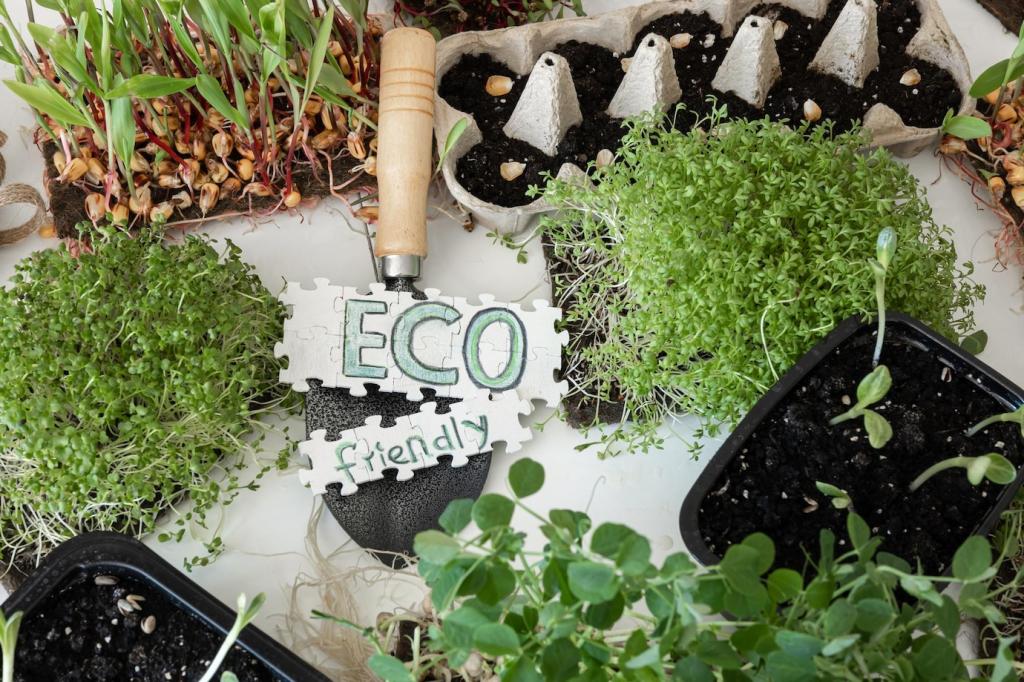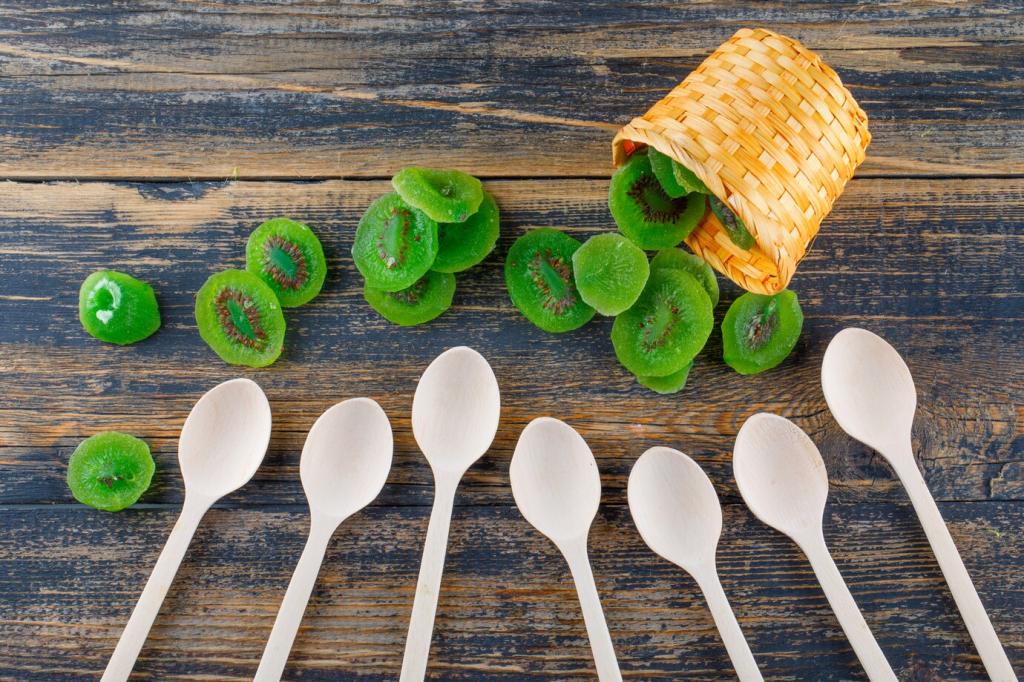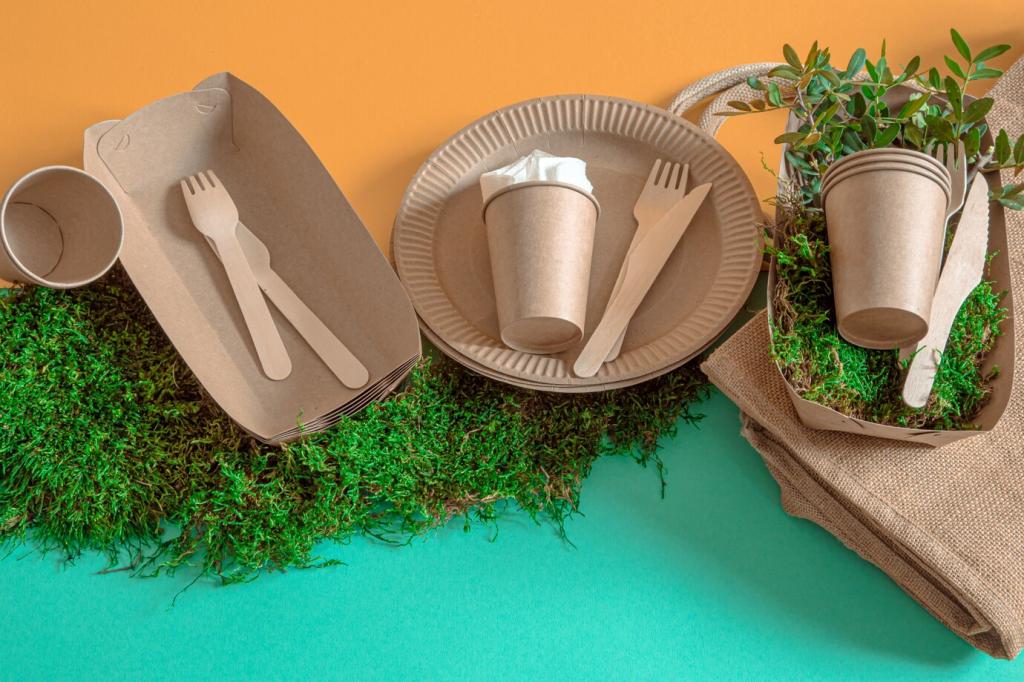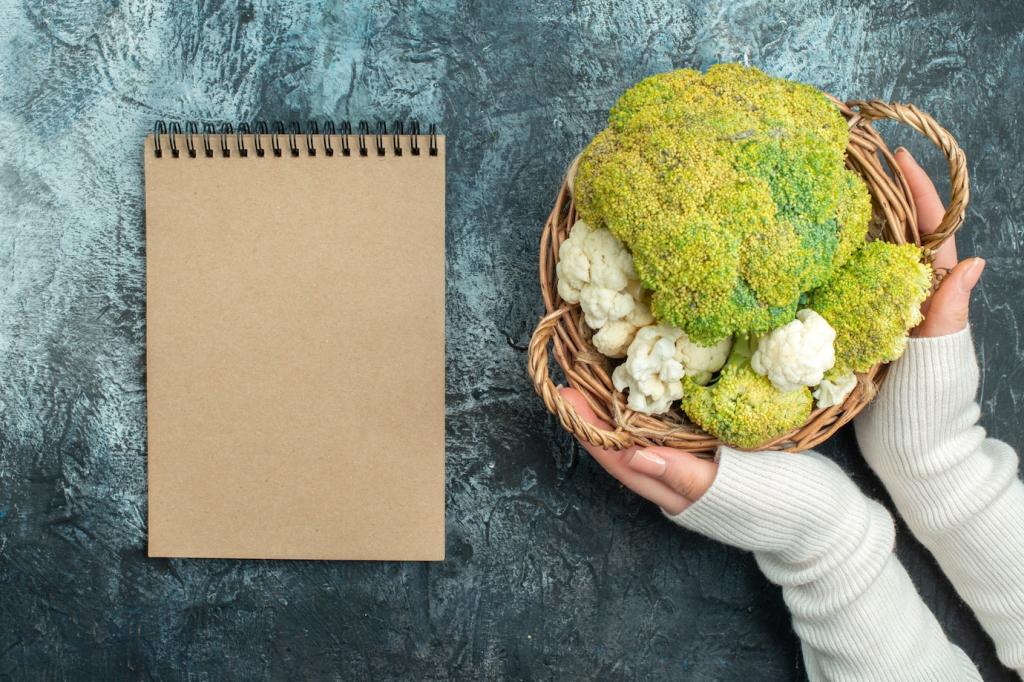Composting Conditions and Real Standards in Practice
Facilities often target around 55–60°C, sustained moisture, and active aeration for several weeks, followed by curing. Under these managed conditions, certified compostable plastics disintegrate and biodegrade alongside food scraps, paper, and yard trimmings reliably and safely.
Composting Conditions and Real Standards in Practice
Backyard bins usually run cooler, fluctuate with seasons, and demand patient turning. Some items carry home‑compost certifications, but many need industrial conditions. When in doubt, verify acceptance locally or choose paper‑based alternatives that reliably break down at home.
Composting Conditions and Real Standards in Practice
Standards include ecotoxicity tests to ensure resulting compost supports healthy plant growth. This matters for urban farms and gardens that rely on compost quality. Compostable does not mean merely disappearing; it must return nutrients without harming soil life.







